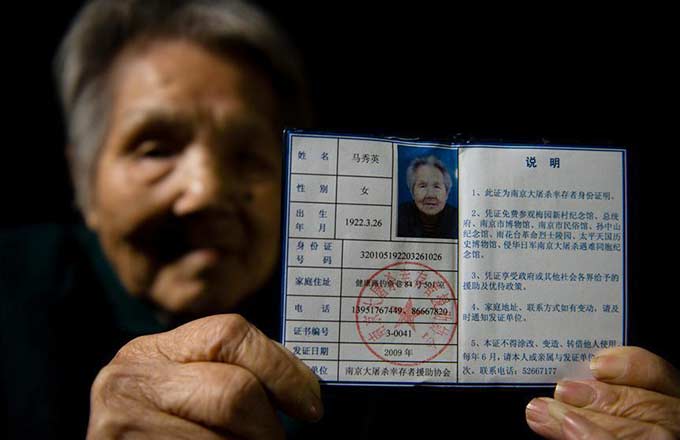The lessons learned from SARS
'Breathtaking and heart-stirring'
For many people in positions of authority, the battle against SARS was a "breathtaking and heart-stirring" experience.
Huang Fei, deputy director of Guangdong's department of health, was deputy director of the provincial SARS prevention and treatment office at the time of the outbreak.
"I can hardly bear to recall those days. In February 2003, 28 people died (of SARS) in Guangdong, that's one person per day on average," said Huang, whose voice choked suddenly, forcing him to look away and pause for a few seconds.
Before SARS, Guangdong had experienced 10 years of fast economic development, which provided a relatively good foundation for the provincial healthcare system, compared with other provinces. Even so, a lack of government attention and funding meant the provincial public health system was still weak.
Official attitudes toward public health and emergency response changed dramatically in the wake of the 2003 outbreak.
"The fight against SARS prompted a change in the governing concept of top leaders," said Huang. "At today's level of economic development, what could be more important to our country than people's health and safety?"
He is not alone in his view. "SARS forced the whole country to pay attention to the livelihood of the people. It became a turning point. Directly after it, President Hu Jintao raised the idea of building a people-oriented harmonious society," said Zhong.
In the decade since the outbreak, different levels of government in Guangdong have spent 15 billion yuan ($2.4 billion) on the construction of a public health system, including 506 million yuan on the new Center for Disease Control and Prevention of Guangdong Province, and more than 300 million yuan on a provincial emergency hospital.
The country has also strengthened legislation on public health emergency response, established emergency offices in health bureaus at different levels of government and improved the emergency response capability of hospitals, disease control and prevention centers, and health inspection institutes.
"If SARS were to break out again, the government would not fall into panic and chaos like in 2003. It would avoid issuing multiple commands, and the integrated emergency-response mechanism has greatly improved the system's authority and efficiency," said Huang.
Related:






![Chen Tianyi (front) and her 96-year-old neighbor Shou Chongyi (second left) wait for their apartment block in Beijing's Haidian district to reopen. The building was isolated for 15 days after some residents were infected by the virus. [PHOTOS BY XU JINGXING / CHINA DAILY] The lessons learned from SARS](../../attachement/jpg/site1/20130228/00221917dead1298d57f1f.jpg)



















